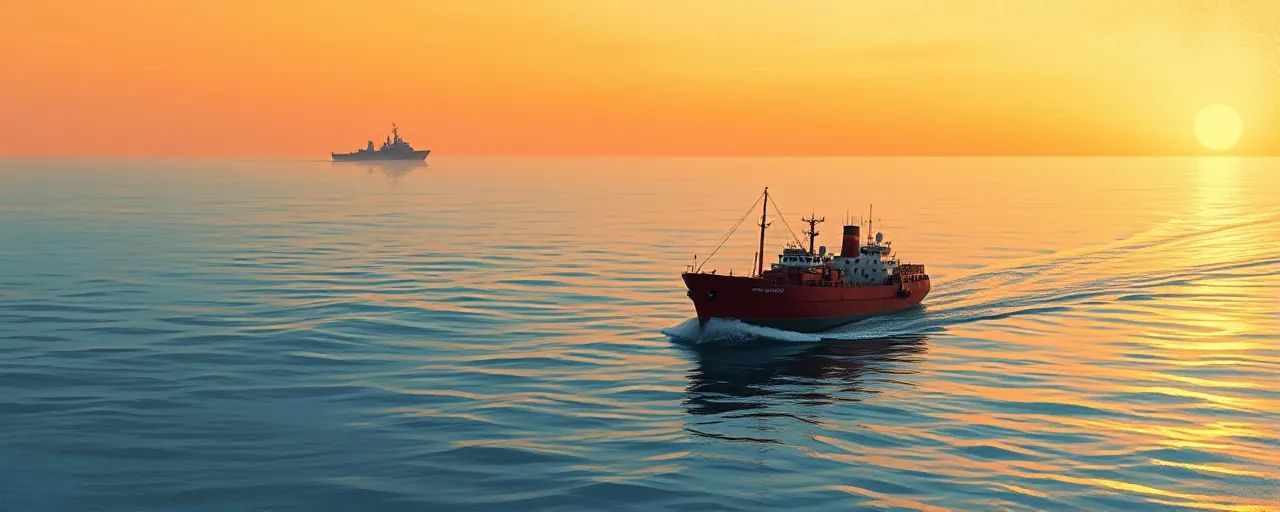A Bold Move in the Red Sea
In late March 2025, the United States launched a series of air and naval strikes against Houthi-controlled areas in Yemen. The operation, dubbed Rough Rider, targeted missile launch sites, radar systems, and command centers used by the Houthi movement to attack commercial ships and U.S. naval vessels in the Red Sea. The strikes mark the largest U.S. military action in the Middle East since President Donald Trump began his second term in January.
The Red Sea, a critical artery for global trade, has been under siege since late 2023, when Houthi militants began targeting vessels in response to the Israel-Hamas war. Their attacks have disrupted shipping routes, forcing companies to reroute around Africa, inflating costs, and delaying goods. The U.S. says its actions aim to restore safe passage and protect American interests, but the campaign has sparked debate about its long-term impact on Yemen and the region.
Why the Red Sea Matters
The Red Sea is no ordinary waterway. It connects the Suez Canal to the Bab-el-Mandeb strait, a chokepoint for roughly 10% of global trade. Since November 2023, Houthi attacks have slashed cargo ship transits by 90%, with over 190 assaults, four mariner deaths, and two vessels sunk. Shipping firms now face a grim choice: risk the Red Sea or take the longer, pricier route around the Cape of Good Hope.
The U.S. response draws from a long history of protecting maritime trade, stretching back to early naval battles against piracy. Today, a multinational naval coalition, led by the U.S. and including nations like Egypt and the UK, patrols the region. Recent innovations, like uncrewed surveillance vessels, provide real-time intelligence, but the Houthis’ drones and missiles remain a persistent threat, testing the limits of these defenses.
The Houthi Challenge
The Houthis, a Zaidi Shia rebel group, have controlled much of northern Yemen, including the capital Sanaa, since 2014. Backed by Iran, they’ve built a formidable arsenal of missiles and drones, which they’ve used to target Saudi Arabia, Israel, and now international shipping. Their Red Sea campaign, they claim, supports Palestinians amid the Gaza conflict, but the attacks have hit vessels from dozens of nations, regardless of affiliation.
Operation Rough Rider has hit Houthi leadership and infrastructure hard, with over 120 reported deaths, including civilians, and significant damage to military sites across Yemen. Yet, the group’s ability to strike back remains intact, raising questions about the strikes’ effectiveness. The Houthis’ resilience stems from years of surviving Saudi-led airstrikes and navigating Yemen’s rugged terrain, making them a stubborn adversary.
A Humanitarian Toll
Yemen, already reeling from a decade of civil war, faces a deepening humanitarian crisis. Over 21 million people need aid, and 4.5 million are displaced. The U.S. strikes, while targeting military sites, have caused civilian casualties, drawing concern from aid groups. Damaged infrastructure, like ports and roads, further complicates relief efforts in a country where hunger and disease are rampant.
The conflict’s ripple effects extend beyond Yemen. Disrupted Red Sea shipping has driven up global food and fuel prices, hitting vulnerable populations hardest. Aid organizations warn that prolonged fighting could push Yemen closer to famine, while regional powers like Saudi Arabia and Iran watch closely, each wary of the other’s next move.
The War Powers Debate
The U.S. strikes have reignited tensions over the War Powers Resolution, a 1973 law meant to limit presidential military actions without congressional approval. The law requires notification within 48 hours of deploying forces and sets a 60-day limit on engagements, with a 30-day withdrawal period. President Trump notified Congress of the Yemen strikes, citing his authority as Commander in Chief to protect U.S. interests, but some lawmakers argue the operation stretches executive power too far.
Historically, the resolution has been a flashpoint, invoked in conflicts from Lebanon to Iraq, yet never successfully enforced through legal action. Recent proposals, like the Reclamation of War Powers Act, aim to tighten oversight, but bipartisan agreement remains elusive. For now, the strikes continue, with Congress briefed but not formally authorizing the campaign.
Regional and Global Stakes
The Yemen strikes fit into a broader U.S. strategy to counter Iran and its allies while bolstering ties with Israel and Gulf states. The Trump administration has pushed for stronger regional alliances, including expanding the Abraham Accords and building new security coalitions focused on air defense. But its hardline stance, including redesignating the Houthis as a terrorist group, has strained relations with some partners wary of escalation.
Globally, the Red Sea crisis has drawn attention from powers like China and Russia, both eager to expand their influence in the Middle East. Shipping disruptions have also rattled markets, with oil and grain prices fluctuating. The international community, through forums like the UN Security Council, has condemned the Houthi attacks, but diplomatic efforts to resolve the Yemen conflict remain stalled, leaving military action as the primary response.
What Lies Ahead
The U.S. campaign in Yemen shows no signs of slowing, with officials vowing to continue until the Houthi threat to Red Sea shipping subsides. Yet, past interventions suggest that airstrikes alone may not dismantle the group’s capabilities or resolve the underlying conflict. The Houthis’ defiance, coupled with Yemen’s complex political and tribal dynamics, points to a protracted struggle.
For ordinary people, from Yemeni civilians to global consumers, the consequences are tangible. Higher shipping costs, delayed goods, and worsening humanitarian conditions underscore the stakes. As the U.S. navigates this crisis, balancing security, diplomacy, and domestic oversight, the world watches to see whether its actions will stabilize the region or deepen its turmoil.
